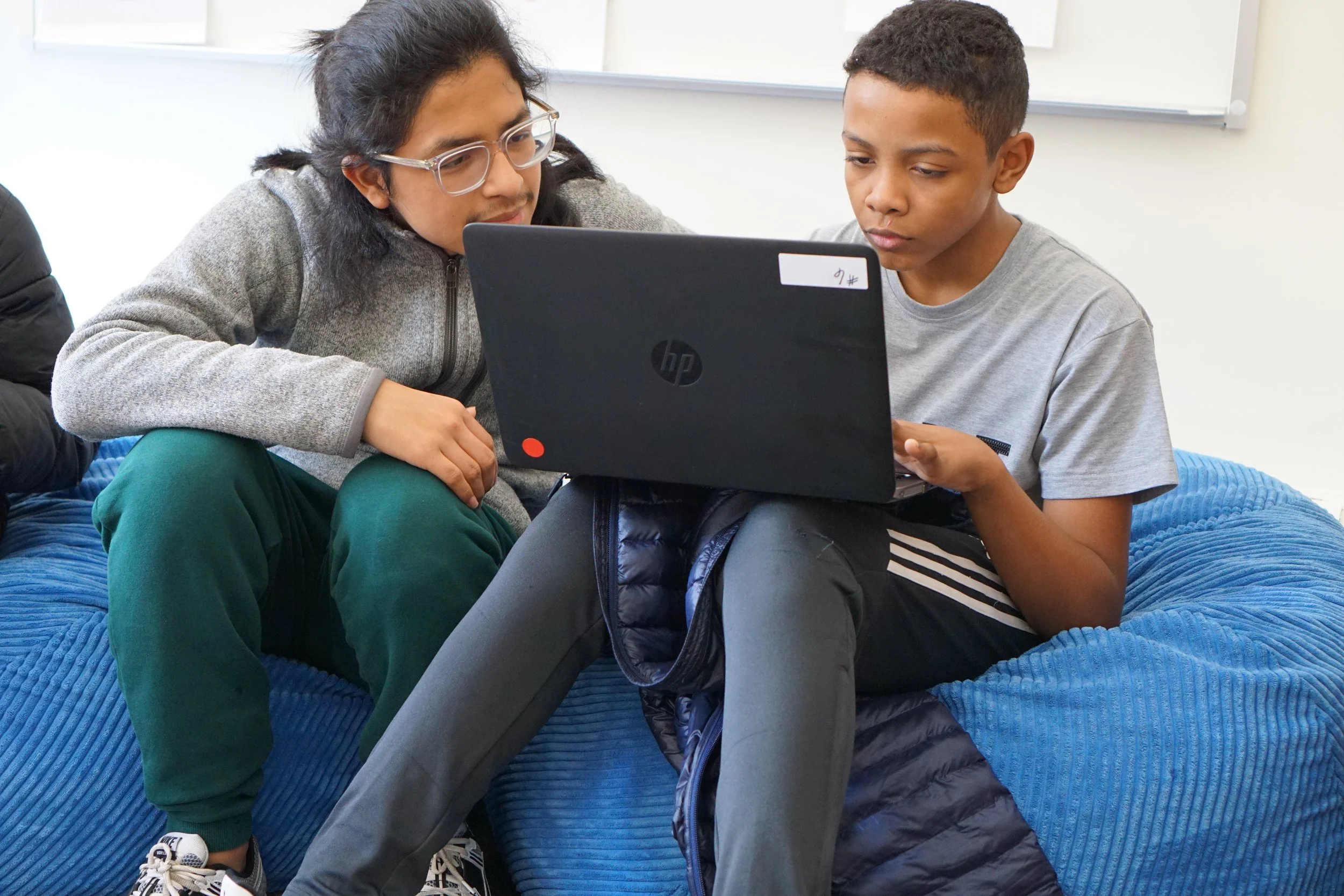Each year, New York City’s rising freshman apply to high school, and last year was a year unlike any other.
The high school admissions process in New York City marks a pivotal step in students’ academic careers. Unlike in most other school districts, all New York City public school students must apply to high school. What school a student attends determines a lot about what opportunities they will have, including opportunities to study advanced math and science that will prepare them to study STEM in college. Consider, for example, that most high schools in New York City don’t offer precalculus, much less calculus. BEAM works with students and families to ensure that students can successfully navigate the application process and apply to high schools with strong course offerings and good support, which open the most doors to a successful STEM career.





